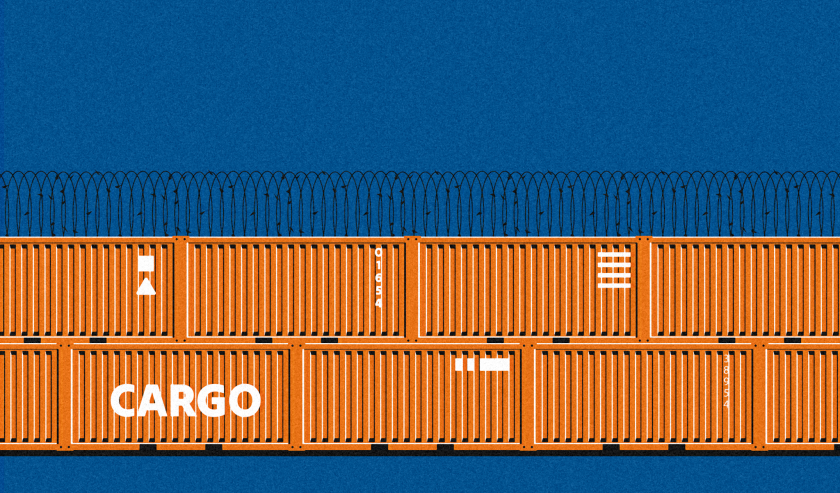
After a chaotic week with stock prices see-sawing, a US government bond sell-off, then a partial US policy reversal on tariffs, how will it all impact on the ILS industry?
On the face of it, the pause on US import...

After a chaotic week with stock prices see-sawing, a US government bond sell-off, then a partial US policy reversal on tariffs, how will it all impact on the ILS industry?
On the face of it, the pause on US import...